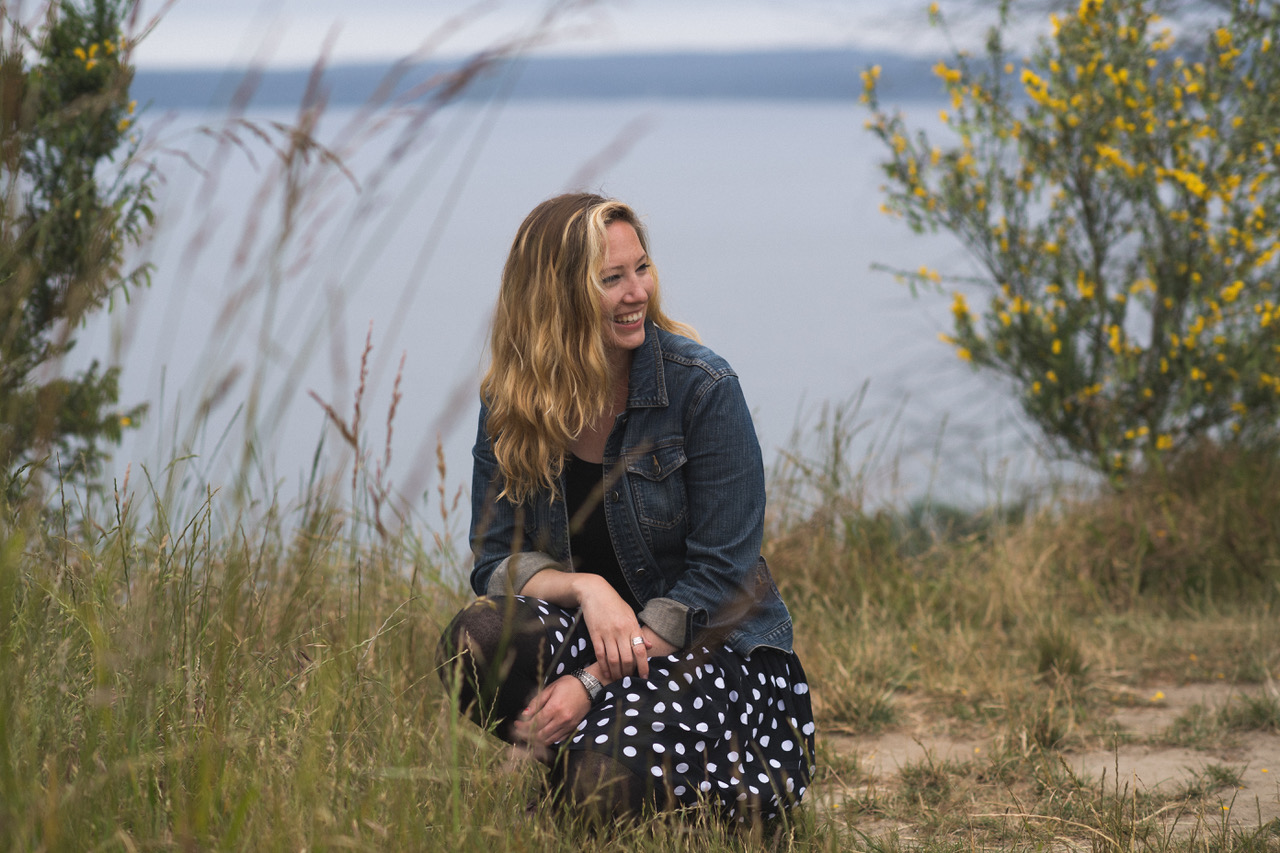Amanda is an artist and volunteer who helps us out with a variety of initiatives. We asked her some questions about public art:
How did you find out about Urban Artworks?
I was reading The Stranger while at my former day job and saw an ad for Urban ArtWorks’ Summer Celebration. I sent-in an email to introduce myself as both an artist and as a potential volunteer for UA’s events and teaching opportunities.
Tell us about yourself, where did you grow up / how did you find yourself in Seattle?
I was born in Geneva, Switzerland and moved to the U.S. shortly thereafter. My family and I bounced around the U.S. – mostly between the Midwest and Alaska. My love of art started when we lived in an Inupiaq village called Brevig Mission in Northwest Alaska where I was surrounded by Native carvers and drawers. Close proximity to animals and various forms nature provided me with the subject matter of my art, knowing Native artists provided an example of using art as a form of storytelling, which I have followed over the years.
After a near decade of being a German-language instructor at University of Oregon and Oregon State University, I decided to change up my career path and follow my passion of art in earnest. In 2015, I applied for University of Washington’s Natural Science Illustration Program and was accepted. I’ve been in Seattle ever since and am happily getting more involved in the art scene here.
What do you do to keep yourself motivated and interested in your work?
I go on ridiculously long walks and really listen to song lyrics. Misinterpreted – or reinterpreted—lyrics tend to lead to an idea for a drawing. For example, during a creative dry-spell I was listening to a good deal of David Bowie, particularly “Let’s Dance.” There’s a lyric, “Put on your red shoes and dance the blues,” which made me – an absolute bird nerd- think about the mating dance of the blue-footed boobies putting on red shoes. Silly things like that really help me create new art.
Which is more important to you, the subject of your painting, or the way it is executed?
The subject. As most of my art features animals, it is important to portray their personality, feathers, fur, glint in the eye accurately. Every minute detail matters as they are very specific to each species. I am an incredibly messy artist despite my best efforts, and I tend to start with the foreground instead of the background, as it’s always more interesting. Of course, this has gotten me into loads of trouble!
Have there been major influences from childhood that you didn’t realize until later in life?
Not really, as they’ve always been present. When I expressed my interest for art and animals, my parents helped encourage and cultivate that, and continue to do so – even when the art game gets tough.
What projects are you working on these days?
I am currently working on a pen, ink and gouache series of Pacific Northwest Carnivores and the flora that surrounds them. I am an avid supporter of conservation efforts, and I believe representations of nature gives the viewer a more-relatable insight to the general public on what is happening to our green spaces and how we can help indigenous wildlife.
I’ll be on a backpacking adventure with Cascades Carnivore Project soon, where I’ve been asked to illustrate a wolverine den (and any potential elusive wolverines that come my way!). Getting out into the field and seeing wildlife firsthand – instead of in photos – is always fantastic.
Who are some other artists who have influenced you?
One of the first female natural science illustrators, Maria Sibylla Merian (1647 – 1717). She led me to want to try watercolor with pen and ink.
Did you come from a creative family?
My father is incredibly creative. He and I used to spend a good deal of time drawing or building things together. My mom and sister have their moments, but they happily stay away from things which seem too artistically complicated.
How is living in Seattle influencing your work right now?
I’m getting more involved with local conservation groups looking for art and illustrations for their organization. Access to these orgs as well as the proximity to nature is really channeling my artwork in that direction at the moment.


